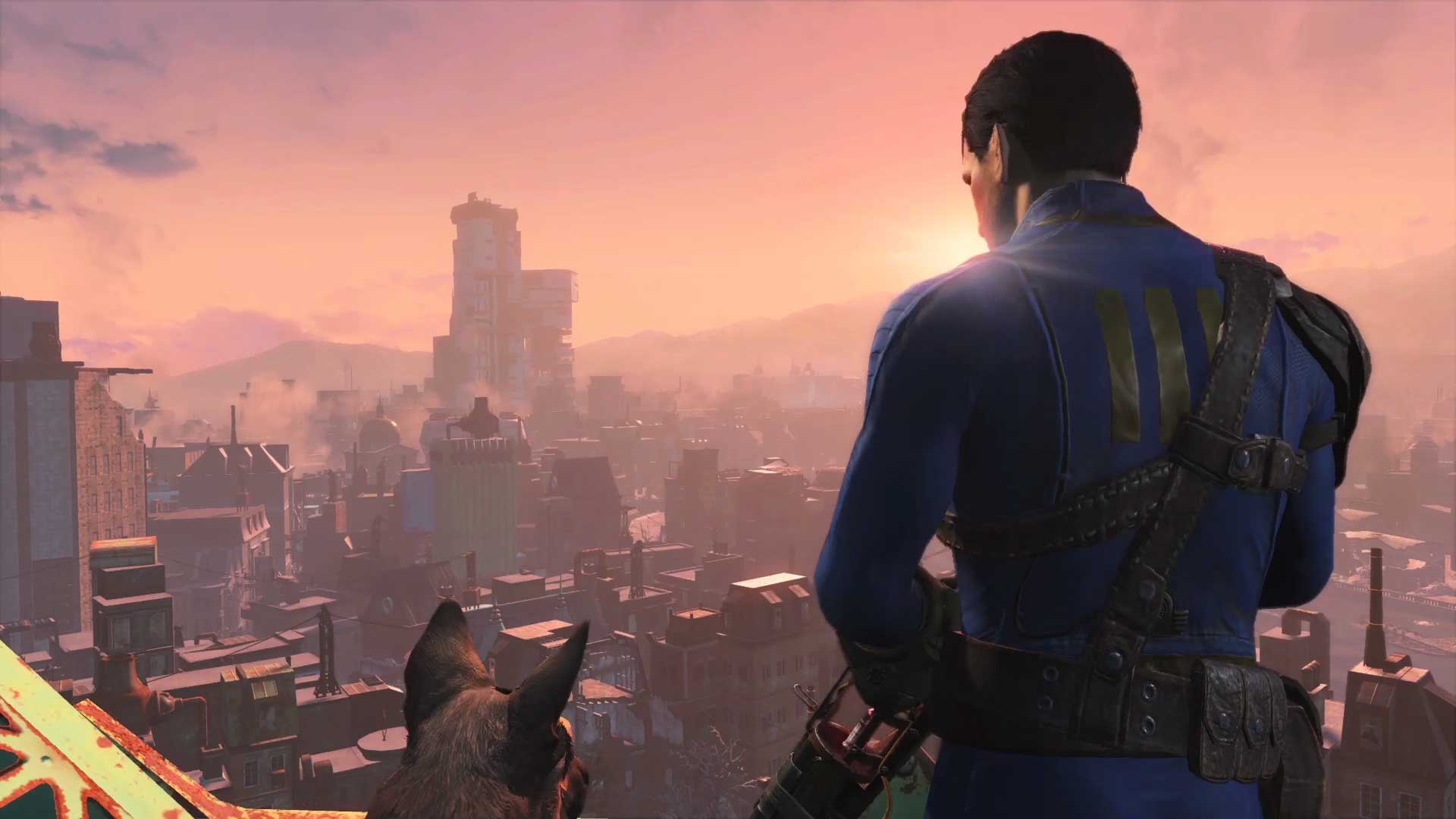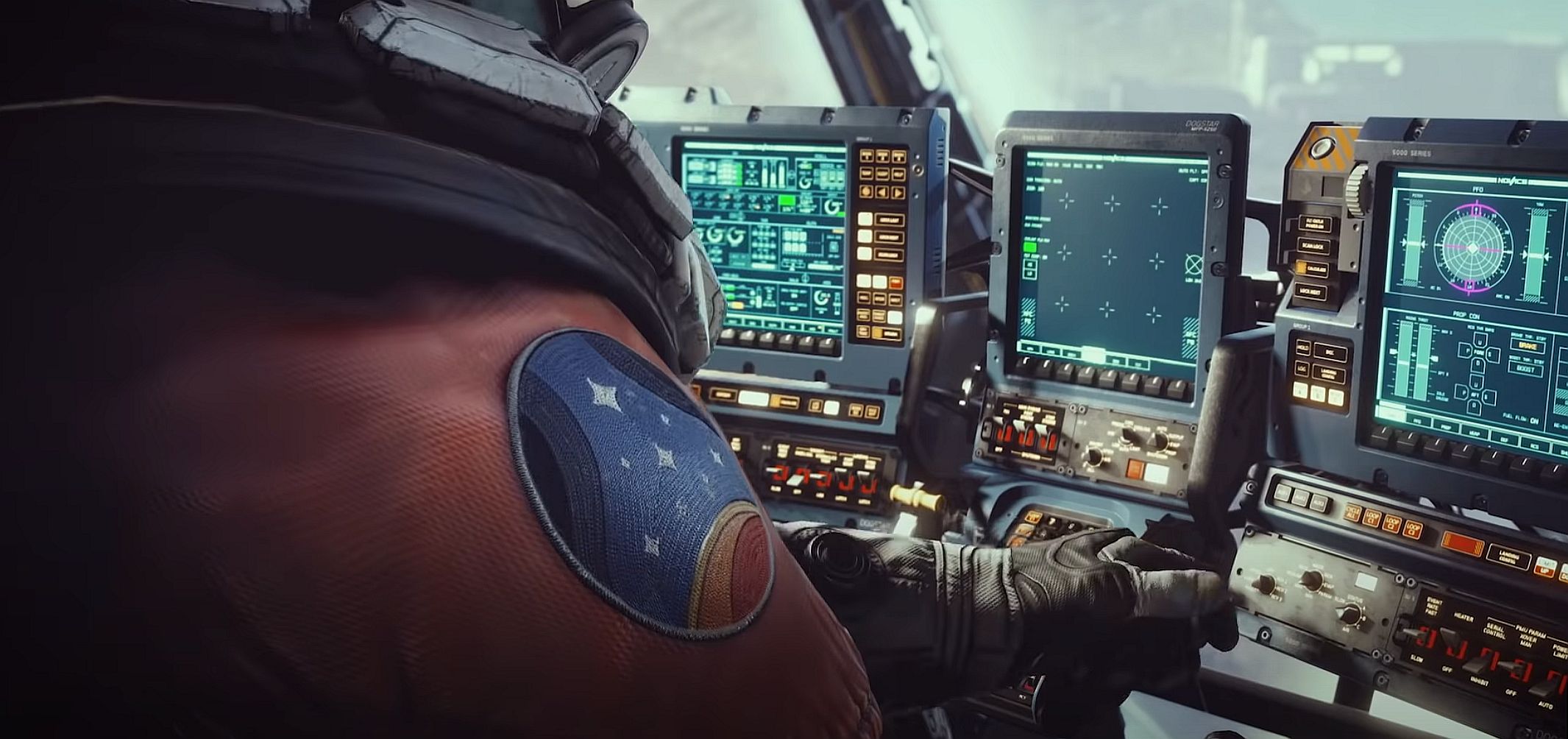The tangible click-clunk of Starfield’s space race aesthetic is nothing like any of that. You can almost smell the machine oil, and feel the rumble of thruster fire. It’s grounded in something real, in things that have happened and are happening; an extrapolation of our current reality with its drone warfare and billionaire space tourism. But is it all that removed from worlds already charted? Bethesda’s twin resorts are at once familiar and extraordinary, heavily drawing on western genre tropes so common that anyone within the general orbit of the Anglosphere can boot up Skyrim or Fallout 4 with no prior knowledge and immediately get the gist, but their influences are anything but straightforward: Tamriel is at once reminiscent of Middle Earth, Edo Japan, and the Epic of Gilgamesh. The Wasteland is as much Day of the Dead as it is Mad Max, tinged with the atomic age panic of Godzilla and the techno-horror of The Terminator. What is most instructive when it comes to Starfield, though, is that The Elder Scrolls and Fallout are unmistakably American works of art. This is obvious in the case of Fallout, which is at its core a survivalist power fantasy set in a world where the 50s never ended (or wouldn’t have, were it not for a nuclear apocalypse). The ruins of an idealised USA, grotesque in its domestic perfection, are treated in Fallout with rather the same reverent suspicion as the Mysterious Ancients of any self-respecting fantasy setting. As its current inhabitants build a new civilisation on a perilous frontier – much like their ancestors colonised the vast prairies and deserts of the old west – Fallout is America pondering itself, and hoping that its better values would prevail in a world born of its worst impulses (Ron Howard voice: they wouldn’t). The Fallout IP only came to be Bethesda’s in the first place by rite of capitalism, in the most American twist since Chubby Checker had a hit. As Fallout gazes inward, The Elder Scrolls stares out to the horizon. Tamriel is a continent whose indiginous peoples have been all but replaced by incomers from all corners of Nirn. Its 10 playable races represent a number of composite cultures from the real world, inspiring their beliefs and aesthetics. The Tribunal gods of Morrowind borrow heavily from Eastern religions, while worship of the Nine Divines evokes an intriguing mix of conflicting Christian doctrines and Ancient Roman polytheism. The Tamrielic Empire is a melting pot; a multicultural society struggling to maintain unity in the face of existential threats both internal and external. If Fallout wonders who Americans are, The Elder Scrolls dreams of where they came from. This is all well and good, of course. Bethesda is an American company, staffed by and large by Americans. It makes American art with American sensibilities. Its chief brainthinker, Todd Howard, is so middle-American that he looks and sounds like his own Simpson’s cameo. He grew up in a USA at start of its ongoing decline as a cultural and economic power, and it clearly informs his work. This is perhaps most evident in the choice to set Fallout ‘76 at the ‘Tricentennial’ – exactly a century on from the United States Bicentennial celebrations that occured when Todd was a wee boy, when the USA spent an entire year congratulating itself for existing. It was an ironic coincidence that this happened shortly after its humiliating defeat in Vietnam, plunging the USA into a crisis of confidence that shapes its national character, and foreign policy, to this very day. Which brings us to NASA. For many, winning the space race is America’s crowning achievement – an America at its apex, just a generation removed from winning the second world war, beating Russia to the moon and striking a symbolic blow against communism in the process. It’s as cardinal to the American mythos as the Boston Tea Party, and therefore a blindingly obvious choice for shoeing a third horse in Bethesda’s stable. It will be fascinating to see how it advances the formula (or doesn’t). In choosing space exploration as its specialist subject in Todd Howard’s ongoing study of American exceptionalism, Starfield will inevitably find itself looking at the same issues from new angles. We know, or at least they’ve hinted, that frontier colonialism makes its ugly presence known in the game’s backstory. The Elder Scrolls has explored the issue of imperial expansion to some considerable extent in imagining its effect on the make-believe people displaced, or enriched, by it. But it stops short of any definitive allegory. In depicting, for the first time, a universe grounded in reality, Bethesda may be forcing itself to think of issues like this in terms of their real, tangible impact, rather than as abstract lore which enjoys the malleability of imperfect metaphor to wriggle out of saying anything substantive. That is to say that Starfield’s greatest innovation in terms of Bethesda’s creativity won’t, with any luck, be anything to do with the engine it runs on, or the combat system, or the fact that it will take place over several different planets instead of one gigantic landscape. It will be in its maturity as a work of art – real humanity, American or otherwise, on display. No longer obscured in the reeds of fantasy. The best science fiction, as Starfield’s creators are well aware, is really about us, here, living at the time in which it’s produced. It’s a fascinating challenge for the studio, one that will shape their work for years to come no matter how successful they are at meeting it. Of all the worlds they have imagined, our future may be the greatest yet. Starfield is set to release on PC and Xbox Series X/S on November 11. It will also be available on day one through Xbox Game Pass.

